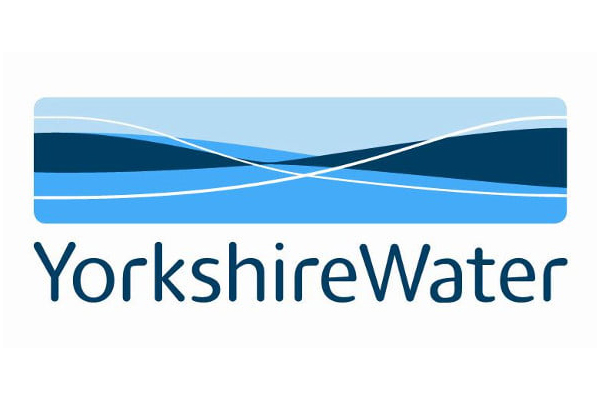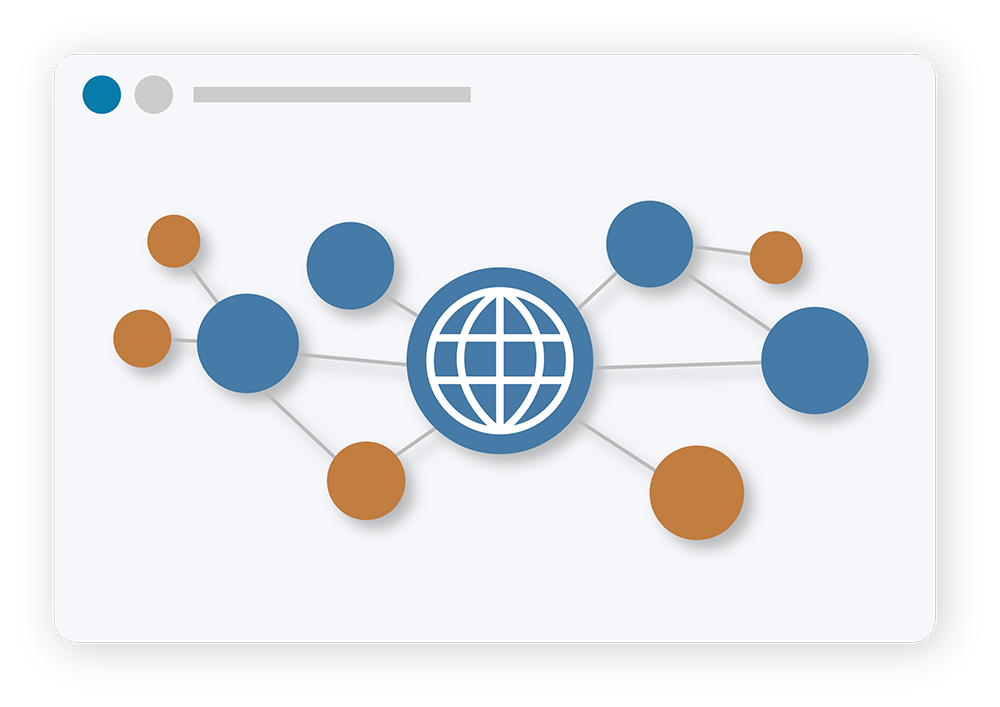Radar starts by assessing the suitability of DMAs for acoustic logging, identifying where and how acoustic monitoring can deliver the greatest benefit. By utilising optimised deployment plans, showing the siting and number of loggers required to achieve effective coverage, alongside proactive post deployment reviews, Radar creates a culture of higher engagement and performance across deployment teams.
Whilst it’s often challenging to fully understand how effective acoustic logging will be in individual areas, applying this knowledge across a whole company can be a mammoth task. It’s not unusual for this to lead to acoustic solutions being deployed in DMAs where they are less effective, which could easily be avoided by systemising suitability analysis from the start and capturing post deployment lessons learnt.
Using advance spatial analysis, Radar identifies the maximum achievable coverage in each area, ensuring acoustics are only deployed where they can deliver a tangible benefit. Our optimised deployment plans identify the key deployment locations inside each area, providing a blueprint for deployment teams, which can be further enhanced with onsite lessons learnt as part of an ongoing improvement process.
We use our 3Cs approach of Connected, Communicating and Contributing to understand the benefit that individual loggers are delivering, enabling more effective sub-DMA strategy that moves away from expensive blanket logging approaches. Developed in partnership with UK water companies, Radar provides a modern, data-driven, perspective on acoustic logging, by replacing guesswork with evidence, it drives better planning and smarter leakage detection strategies.


















